Does a Heating Pad Help with UTI? What Doctors Want You to Know
That burning sensation has you desperately searching for relief at 2 AM. Here's what most UTI sufferers don't realize: while heating pads can't cure your urinary tract infection, they're one of the few things that actually ease the pain while antibiotics do their job. The warmth isn't just comfort—it's science-backed relief that doctors regularly recommend alongside medical treatment.
We're separating the facts from wishful thinking about heat therapy and UTIs.
Ready to get real relief while your treatment kicks in? Let's explore what heat can and can't do for your UTI symptoms—and how to use it properly for the fastest comfort.
What Causes UTIs in the First Place?
UTIs happen when bacteria (usually E. coli from your digestive tract) travel up your urethra and multiply in your bladder. About 90% of UTIs start this simple, preventable way.
Understanding Your Urinary System
Your urinary system is designed to remove waste and excess water from your body. It includes:
-
Kidneys – filter blood to produce urine
-
Ureters – carry urine from kidneys to the bladder
-
Bladder – stores urine until you’re ready to urinate
-
Urethra – the final pathway where urine exits the body

Urinary System Diagram
Source: Kidney Research UK
In a healthy urinary system, urine flow helps flush out bacteria before they can cause trouble. But when that natural defense is interrupted—by dehydration, holding urine, or bacterial transfer—an infection can take hold.
Common triggers that give bacteria their chance:
-
Dehydration — concentrated urine can't flush bacteria effectively
-
Holding it too long — gives bacteria time to attach and multiply
-
Sexual activity — can push bacteria toward the urethra
-
Wiping back-to-front — transfers intestinal bacteria forward
-
Tight, synthetic clothing — traps moisture and heat
According to the Office on Women's Health, women get UTIs 30 times more often than men because of shorter urethras—bacteria have less distance to travel. Menopause, pregnancy, and certain birth control methods increase risk by changing pH balance or hormone levels.

Urethras of Female vs Male
Source: National Cancer Institute Visual Online
Once bacteria establish themselves in your bladder lining, your body's inflammatory response kicks in. That's when the burning, urgency, and pelvic pain start—your immune system fighting back creates the misery you feel.
Pain and Discomfort Caused by UTI
A urinary tract infection attacks your comfort on multiple fronts. The most common symptoms hit your bladder and surrounding areas with a vengeance that makes normal activities feel impossible.
The UTI Pain Profile
Lower abdomen pressure feels like someone is squeezing your bladder from the inside. This happens when harmful bacteria irritate your bladder walls, triggering inflammation that creates constant, dull aching. Unlike regular cramps, this pain doesn't come in waves—it just stays.
That signature burning sensation during urination? Inflamed urinary tract walls become hypersensitive to urine's natural acidity. Every bathroom trip becomes something you dread, yet frequent urination keeps forcing you back.
Pelvic pain radiates differently for everyone:
-
Sharp stabbing near the pubic bone
-
Deep aching that wraps around to your back
-
Pressure that worsens when your bladder fills
When Pain Signals Danger
Severe pain that moves to your sides or back might indicate a kidney infection—a complicated UTI requiring immediate medical attention. Watch for:
-
Fever above 101°F
-
Nausea or vomiting
-
Blood in urine
-
Pain that antibiotics don't touch after 48 hours
Benefits of Heating Pads for UTI
While heating pads can't help treat the urinary tract infection itself, they're remarkably effective at managing uncomfortable UTI symptoms while antibiotic treatment works its magic.

How Heat Therapy Works for UTI Pain
Heat therapy increases blood flow to your lower abdomen, which:
-
Relaxes cramping bladder muscles
-
Reduces inflammation signals
-
Blocks pain messages to your brain
-
Speeds delivery of infection-fighting white blood cells
Studies show that applying heat can help reduce UTI pain within 20 minutes. That's faster relief than many over-the-counter pain medications.
Immediate Comfort Benefits
A quality heating pad (like Homlyns' weighted options with 10 heat settings) provides:
-
Consistent temperature control — no reheating like hot water bottles
-
Targeted pressure relief — weighted pads add gentle compression
-
Hours of comfort — auto-shutoff prevents overheating
-
Adjustable intensity — find your perfect comfort level
The graphene technology in modern heating pads distributes heat evenly, preventing hot spots that could irritate already-sensitive skin. This matters when you're dealing with UTI discomfort that makes everything feel worse.
Feedback from many of our customers also shows that using Homlyns' weighted heating pads not only helps ease bladder pain but also provides soothing relief for back pain caused by UTIs, thanks to their deep, uniform heat and ergonomic design.

Where to Place Heating Pad for UTI
Strategic placement maximizes relief from UTI pain. Your urinary system runs from the kidneys to the bladder to the urethra, but most UTI discomfort concentrates in specific zones.
Primary Placement Zones
| Pain Location | Heating Pad Placement | Why It Works |
| Bladder pressure | Just above pubic bone | Directly soothes inflamed bladder |
| Pelvic cramping | Lower abdomen (below navel) | Relaxes entire pelvic floor |
| Back pain | Small of back | Eases referred kidney pain |
| General discomfort | Rotate between zones | Provides comprehensive relief |
Placement Tips for Maximum Relief
Never place directly on the genitals — the genital area is too sensitive during a urinary tract infection. Keep the pad on your abdomen or back only.
For overnight relief, try our Homlyns full-body weighted heating pad positioned across your entire lower torso. The distributed weight and warmth create cocoon-like comfort without needing to readjust positions.
How to Use a Heating Pad for UTI
Using heat therapy correctly makes the difference between relief and irritation. Here's your step-by-step guide on how to use a heating pad safely during a bladder infection.
Safe Temperature Settings
-
Start low (104-113°F) for the first 10 minutes
-
Gradually increase to medium (113-122°F) and high (122-140°F) if needed
-
Never exceed 140°F to prevent burns or discomfort
-
Test first on your inner wrist before applying
Timing Your Heat Therapy
20 minutes on, 20 minutes off prevents skin irritation and maintains effectiveness:
-
Apply a heating pad when symptoms persist
-
Set a timer for 20 minutes
-
Remove and let skin cool
-
Reapply if pain returns
During acute UTI symptoms, you can safely cycle this pattern throughout the day. Our heated products with auto-shutoff timers prevent accidental overheating—crucial when UTI fatigue makes you drowsy.
Safety Precautions
Don't use heat if you're experiencing:
-
Fever (indicates severe infection needing urgent care)
-
Broken skin or rashes
-
Numbness in the treatment area
-
Pregnancy (without doctor approval)
Always stay hydrated while using heat therapy. Heat can increase fluid loss through skin, and you need to drink lots of water anyway to flush harmful bacteria.
Home Remedies for UTI
While antibiotics prescribed by doctors remain the only cure, these home remedies can support treatment and help prevent bacteria from worsening your urinary tract infections.
Evidence-Based Remedies That Actually Help
Hydration is non-negotiable. Drink lots of water—at least 80 ounces daily—to:
-
Dilute urine (less burning)
-
Flush harmful bacteria faster
-
Support antibiotic effectiveness

Low-dose vaginal estrogen therapy helps restore natural lactobacilli, lower vaginal pH, and reduce bacterial colonization—all of which lower the risk of recurrent UTIs. Clinical studies show vaginal estrogen can reduce infections from nearly 5 per year to less than 1, making it one of the most effective prevention options for postmenopausal women. (Note: Oral estrogen therapy does not provide the same UTI protection and carries higher systemic risks.)
Popular Remedies to Approach Carefully
| Remedy | Potential Benefit | Reality Check |
| Vitamin C (Ascorbic Acid) | May acidify urine and help inhibit bacterial growth | Evidence is weak and inconsistent — high doses may irritate the bladder. |
| Cranberries (PACs) | PACs can prevent E. coli from sticking to bladder walls | Early studies showed benefits, but newer analyses find results inconsistent and product-dependent. |
| Probiotics | Support a healthy balance of good bacteria in the urinary and vaginal microbiome | May help prevent recurrent UTIs, especially with Lactobacillus strains. More research is needed. |
| D-Mannose | Blocks E. coli attaching to the bladder lining | Some studies show benefit similar to low-dose antibiotics, but evidence is mixed and dosing standards are not yet established. |
| Apple Cider Vinegar | Has mild antibacterial properties | Unproven for UTIs. Concentrated forms can irritate the bladder and urinary tract. |
| Baking Soda | Temporarily neutralizes urine acidity and soothes burning | Temporary relief only, doesn't treat infection |
Source: Non-Antibiotic Prophylaxis for Urinary Tract Infections
Lifestyle Changes During Treatment
Empty your bladder frequently — holding gives bacteria time to multiply. Go every 2-3 hours even without urgency.
Practice good hygiene:
-
Wipe front-to-back always
-
Urinate after sexual intercourse
-
Wear breathable cotton (avoid fabrics that trap moisture)
-
Skip tight clothing until healed

For recurring UTI sufferers, consider vaginal estrogen (postmenopausal) or switching birth control methods that affect vaginal pH.
When Natural Isn't Enough
These remedies support but don't replace antibiotics. Untreated UTIs can become kidney infections requiring IV antibiotics. Seek professional medical attention if:

-
Symptoms persist beyond 48 hours
-
You develop fever, chills, or vomiting
-
Pain becomes severe
-
You notice blood in your urine
Remember: Early treatment with proper antibiotics prevents antibiotic resistance and complications. Use home remedies and heating pads to manage symptoms while professional treatment eliminates the infection.
Ready to Find UTI Relief Tonight With Homlyns?
Heating pads can't cure your UTI, but they're your best friend for managing pain while antibiotics work. Now you know exactly how to use heat therapy safely, where to place it for maximum relief, and which supporting remedies actually help versus waste your time.
Key takeaways:
-
Heat therapy reduces UTI pain by up to 50% in 20 minutes
-
Place the heating pad just above the pubic bone, never on the genitals
-
Use 20 minutes on/off cycles at a comfortable, moderate heat level
-
Combine heat with hydration and prescribed antibiotics
-
Seek immediate care if fever develops or pain worsens
When UTI discomfort strikes at midnight, you need reliable relief that won't quit. Our Homlyns weighted heating pads with 10 precise heat settings and auto-shutoff give you hours of targeted comfort. The graphene technology ensures even heat distribution—no hot spots on already-sensitive skin. Pair with our full-body options for complete pelvic relief that lets you actually rest while fighting infection.
FAQs
Where do you put a heating pad for a UTI?
Place it just above your pubic bone on the lower abdomen—directly over your bladder. This position targets the source of most urinary tract infection (UTI) pain. Avoid placing it on your back unless you're experiencing symptoms of kidney involvement. Never apply heat directly to genitals, as this sensitive area needs to stay cool and dry during UTI treatment.
How do you soothe a UTI ASAP?
Start taking antibiotics immediately when prescribed—effective treatment begins here. While waiting for medication to work, combine these for the fastest relief:
- Apply a heating pad to relieve pain (20 minutes on/off)
- Drink 16 oz of water every hour
- Take over-the-counter pain relief (avoid aspirin)
This multi-pronged approach tackles symptoms mentioned by most sufferers within 2–4 hours.
What not to do when you have a UTI?
Avoid these UTI saboteurs:
- Don't delay treatment (a simple UTI can become a kidney infection fast)
- Skip caffeine, alcohol, and citrus—they irritate inflamed tissue
- Never "hold it"—empty your bladder every 2 hours
- Avoid bubble baths and scented products
- Don't stop taking antibiotics early, even if feeling better
Treating UTIs properly the first time prevents recurrent infections and antibiotic resistance.
What should you not do when you have a UTI?
Beyond the basics, avoid these treatment-blocking mistakes:
- Sexual activity before completing antibiotics
- Using spermicides (disrupt vaginal bacteria balance)
- Wearing synthetic underwear or tight pants
- Douching or using feminine sprays
- Self-treating without a urine culture if you have frequent UTIs
These habits interfere with your body's natural defense mechanisms and prescribed treatment effectiveness.
How to treat a UTI while pregnant?
Pregnancy UTIs need immediate medical care—untreated urinary tract infections cause serious health problems for both mother and baby. Your doctor will prescribe antibiotics safe during pregnancy (usually cephalexin or amoxicillin).
Safe treatment options during pregnancy:
- Heat therapy (keep below 102°F)
- Increased water intake (100+ oz daily)
- Vitamin C supplements (with OB approval)
- Cotton underwear only
Skip most natural remedies until after delivery. Report early signs immediately—pregnancy increases kidney infection risk. Never wait to see if symptoms resolve naturally.




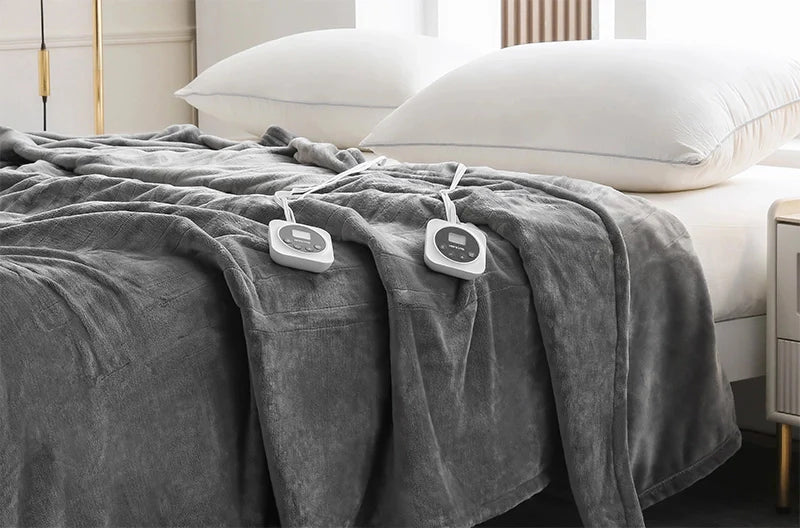
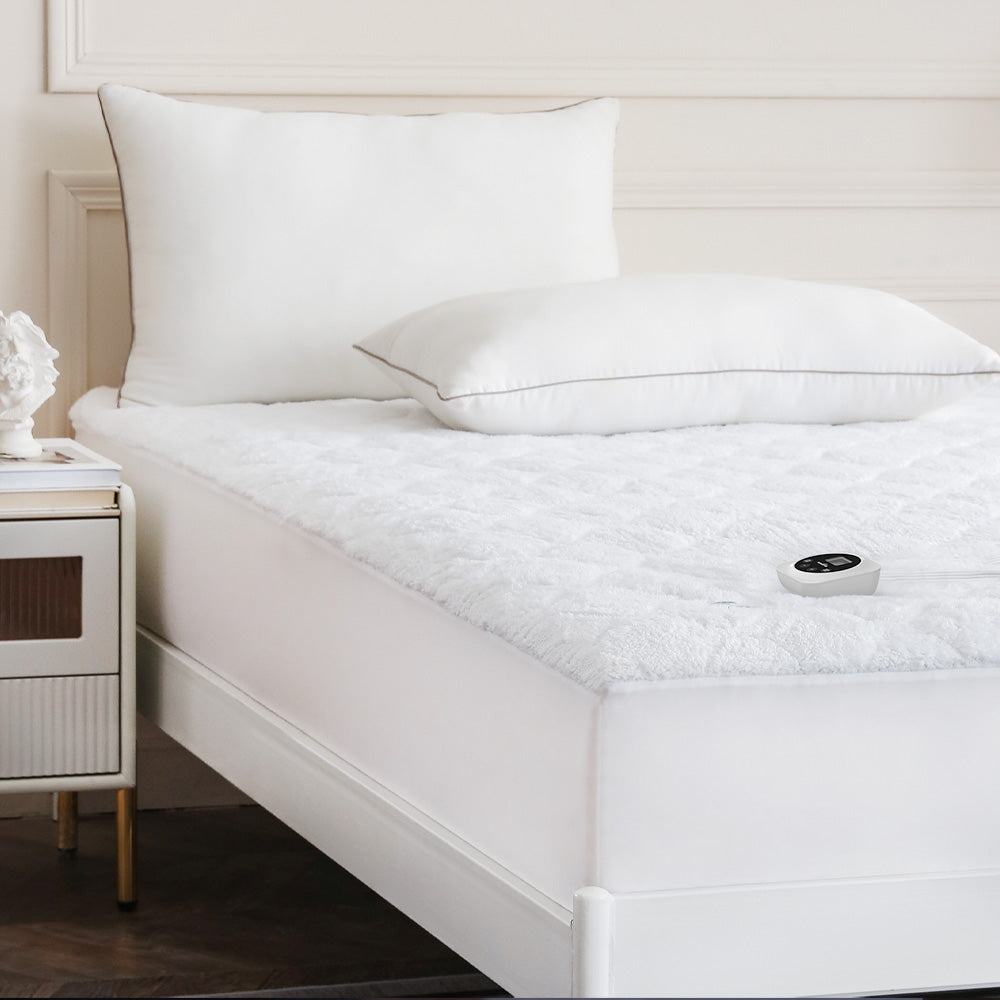
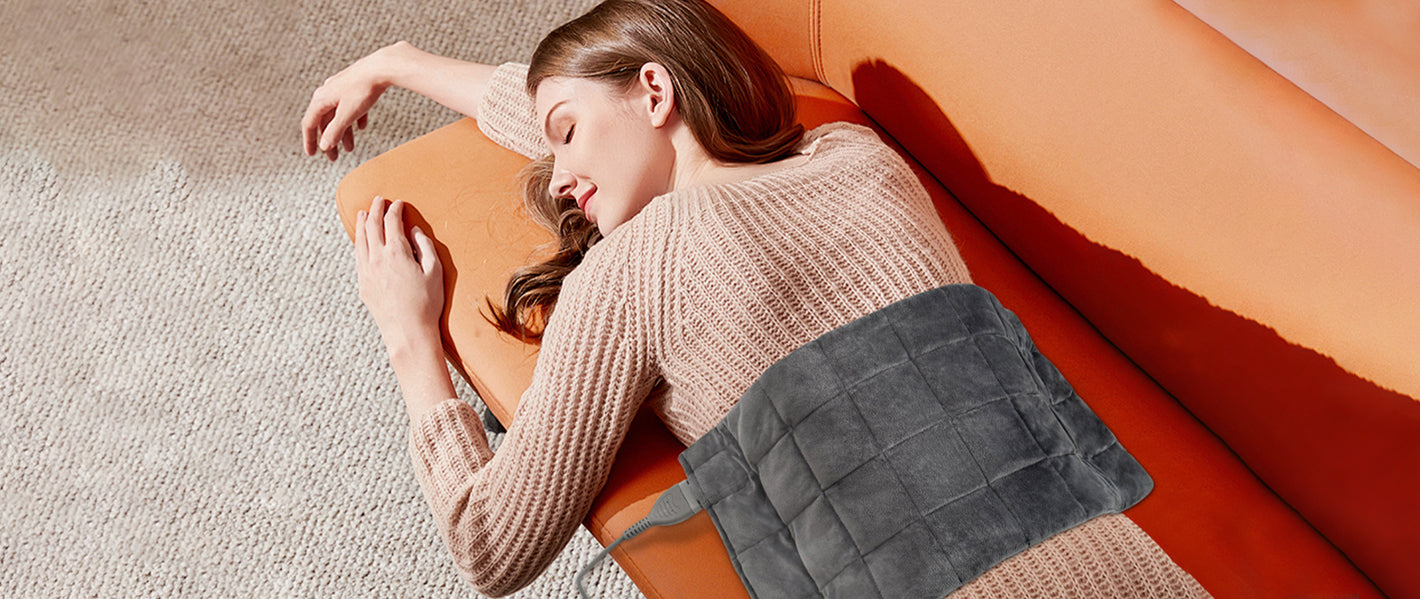
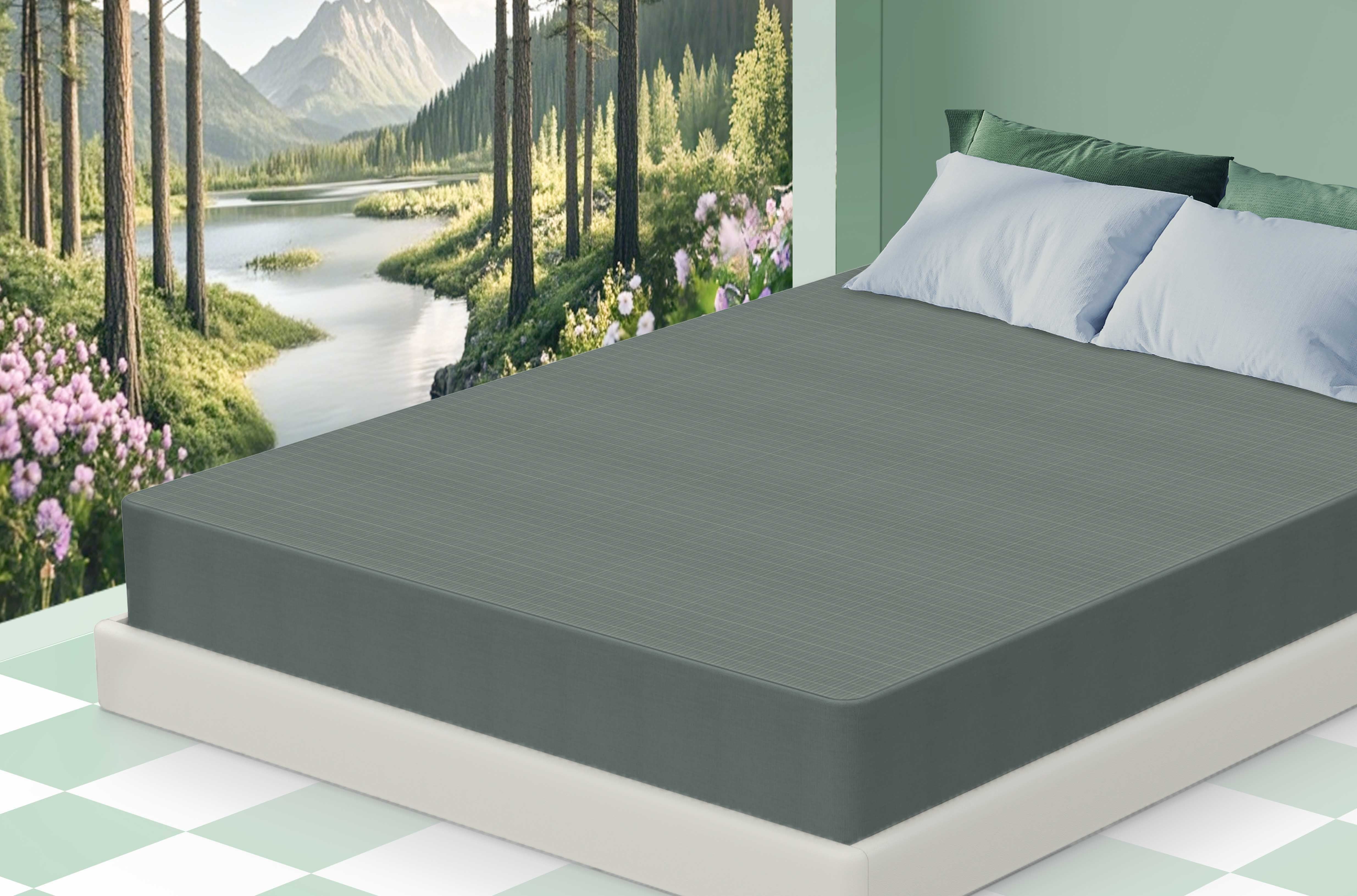
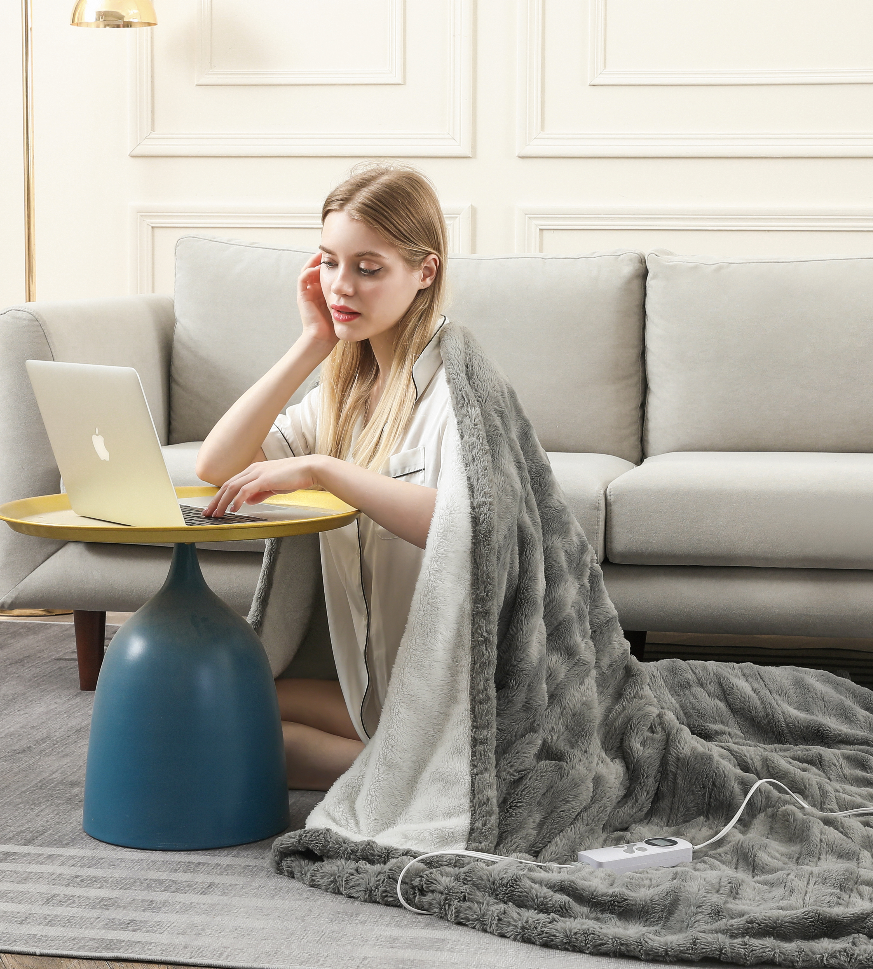
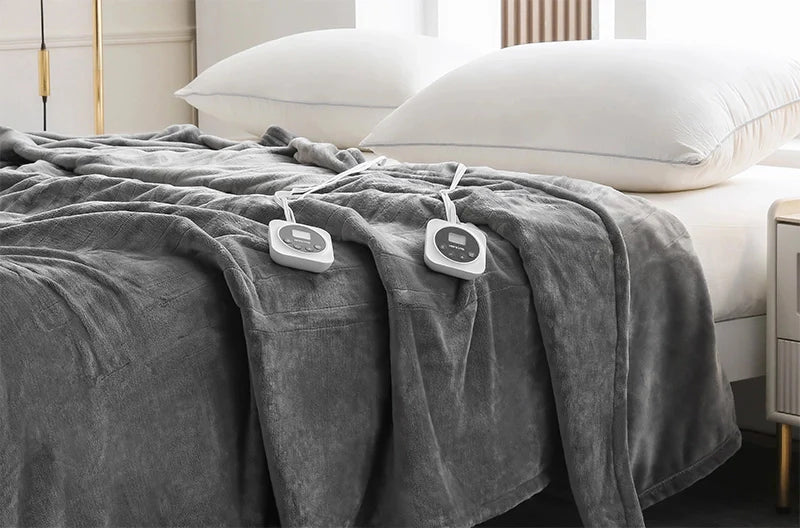
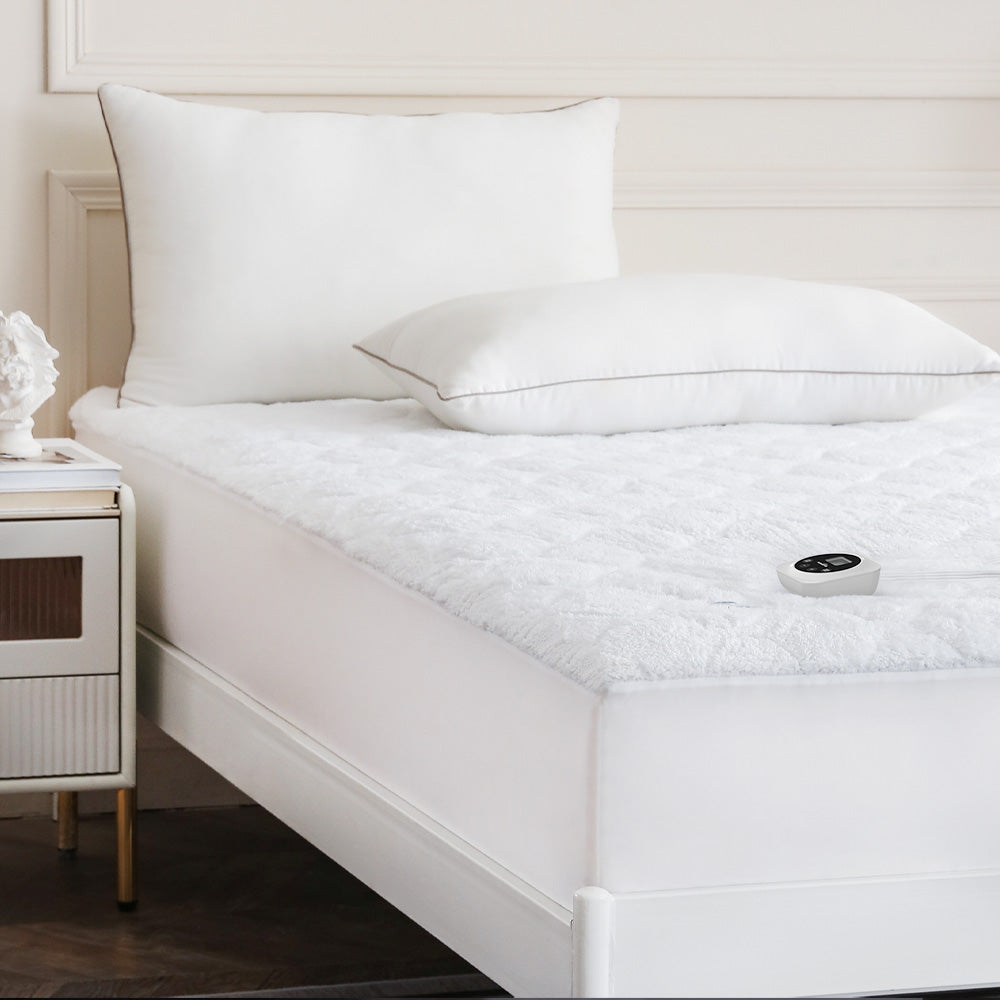
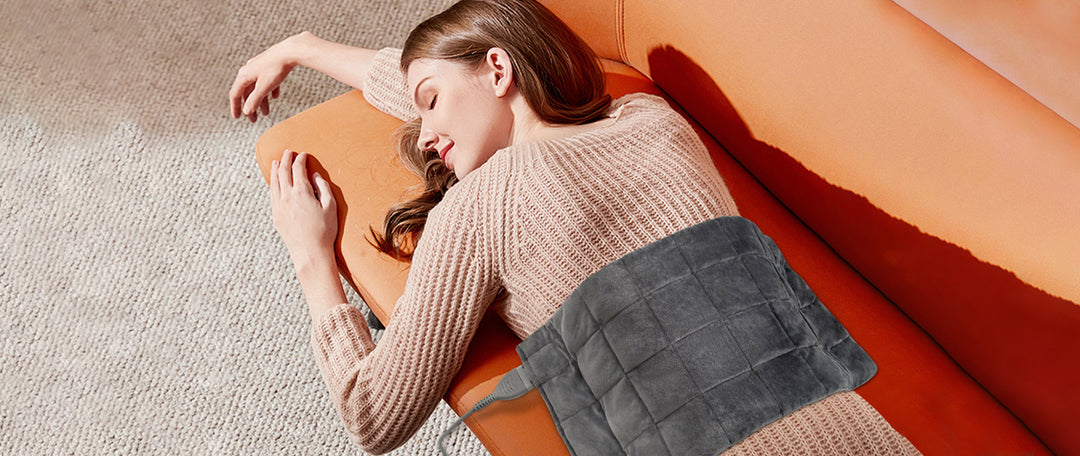
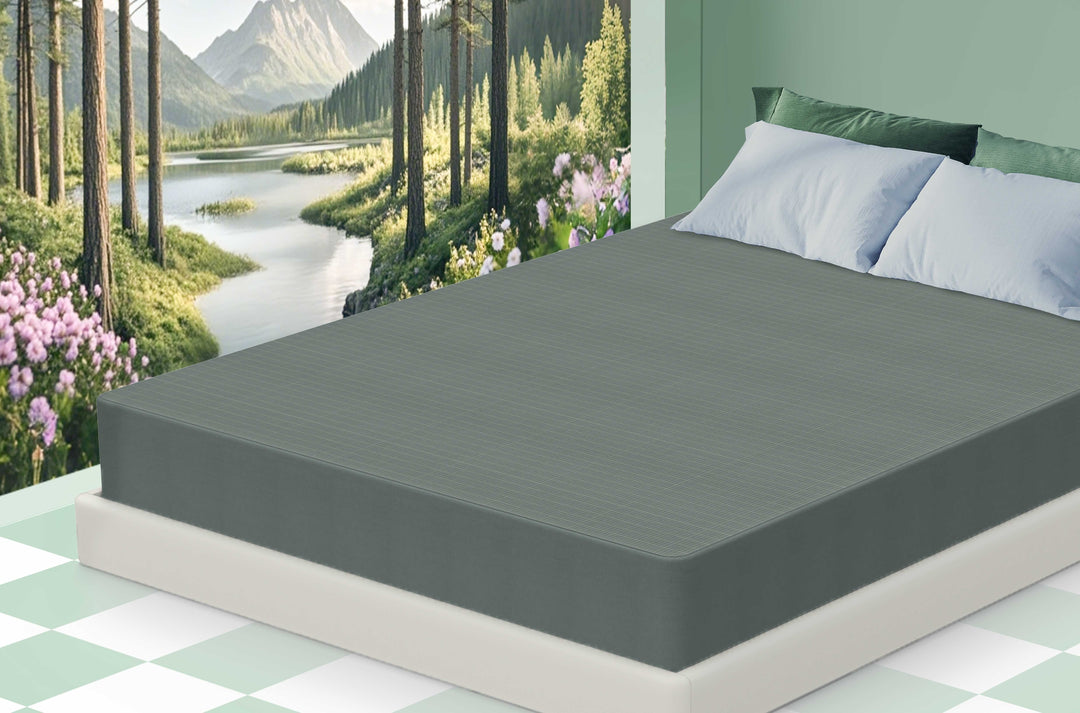



Leave a comment